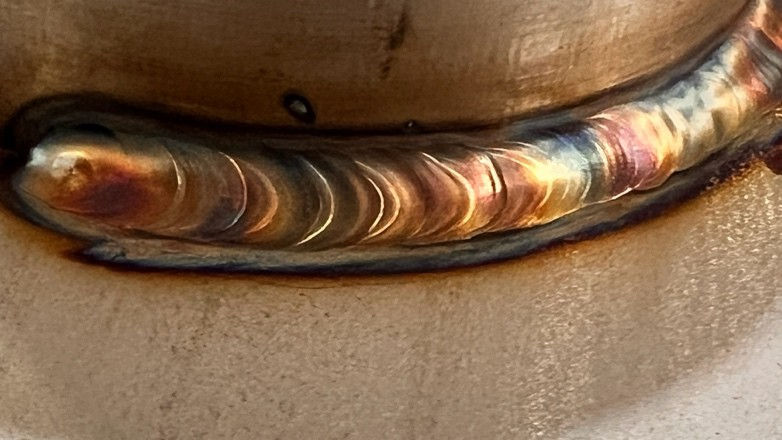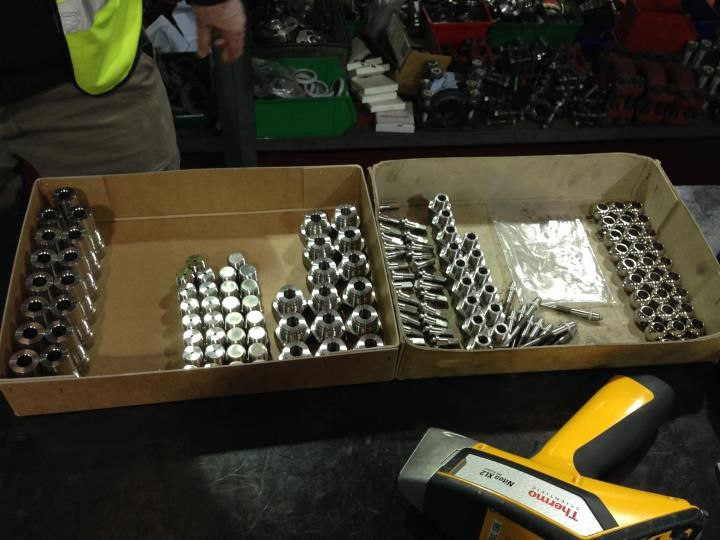Qtech Control
International Inspection Engineers, Cargo Surveyors and Technical Resources




NDT Witness Testing Worldwide
Non-Destructive Testing (NDT) plays a critical role in the engineering industry by ensuring the integrity, reliability, and safety of components and structures without causing damage. NDT techniques are used extensively in sectors such as oil and gas, power generation, construction, aerospace, and manufacturing. To maintain transparency, objectivity, and compliance with international standards, third-party witnessing is often required.
Qtech Control provide highly skilled; qualified and vigilant NDT inspectors of various disciplines to verify that vendors strictly perform testing correctly according to agreed procedures and that results are interpreted accurately.
Role of a Third-Party Inspector in NDT Witness Testing
A third-party inspector acts as an impartial verifier between the manufacturer, client, and regulatory bodies. Their responsibilities include:
-
Reviewing and approving NDT procedures and qualifications.
-
Ensuring compliance with relevant standards (e.g., ASME, ISO, ASTM, API).
-
Verifying equipment calibration and operator certifications.
-
Observing testing processes and confirming that proper techniques are applied.
-
Reviewing and endorsing test reports and results.
Our independent services provide our clients with confidence that the materials and welds meet required quality levels, helping to prevent failures and ensuring safety and reliability.




Common Non-Destructive Testing Methods:
Magnetic Testing (MT) also often referred to as MPI (Magnetic Particle Inspection)
Magnetic Testing is used to detect surface and near-surface discontinuities in ferromagnetic materials. The method involves magnetizing the component and applying fine magnetic particles. Any discontinuity, such as a crack or seam, will cause a leakage field that attracts the particles, forming a visible indication.
Applications: Weld inspections, forgings, castings, and structural components.




Radiographic Testing (RT)
Radiographic Testing uses X-rays or gamma rays to inspect the internal structure of a component. The radiation passes through the material and exposes a film or digital detector on the opposite side. Variations in material thickness or internal defects, such as voids or cracks, appear as differences in density on the radiograph.
Applications: Pressure vessels, pipelines, castings, and welded joints.




Ultrasonic Testing (UT)
Ultrasonic Testing employs high-frequency sound waves to detect internal flaws or measure material thickness. A transducer sends ultrasonic pulses into the material, and reflections from defects or boundaries are recorded on a display.
Applications: Weld inspection, corrosion monitoring, and thickness measurement




Radiographic Testing (RT)
Radiographic Testing uses X-rays or gamma rays to inspect the internal structure of a component. The radiation passes through the material and exposes a film or digital detector on the opposite side. Variations in material thickness or internal defects, such as voids or cracks, appear as differences in density on the radiograph.
Applications: Pressure vessels, pipelines, castings, and welded joints.
Liquid Penetrant Testing (PT) also often referred to as LPI or DPI (Liquid or Dye Penetrant Inspection)
Liquid Penetrant Testing involves applying a coloured or fluorescent dye to the surface of a non-porous material. After a dwell time, the excess penetrant is removed and a developer is applied to draw out penetrant from surface flaws, making defects visible.
Applications: Detecting surface cracks, porosity, and leaks in non-ferrous metals, ceramics, and plastics.




Visual Testing (VT)
Visual Testing is the most basic and widely used NDT method. It involves direct or remote visual examination of surfaces using the naked eye, magnifiers, borescopes, or cameras. Trained inspectors look for surface irregularities, corrosion, cracks, or weld defects.
Applications: Pre- and post-weld inspections, general surface condition assessments.




Phased Array Ultrasonic Testing (PAUT)
PAUT is an advanced non-destructive testing (NDT) method used to detect flaws in materials and to assess structural integrity. It builds on conventional ultrasonic testing by using multiple ultrasonic elements (transducers) that can be electronically controlled to steer, focus, and scan the sound beam.
Applications: Weld inspection in pipelines, pressure vessels, and structural components. Corrosion mapping.




Positive Material Testing (PMI) using handheld XRF meter
Handheld XRF analyzers are portable devices used for material identification and chemical analysis. They work by emitting X-rays that excite atoms in the sample, causing them to emit secondary (fluorescent) X-rays. The device then analyses these emissions to determine the elemental composition.
Applications: Material verification (e.g., checking alloy grades before welding or machining). Quality control in manufacturing. Failure analysis by identifying contaminants or incorrect materials. Corrosion analysis and coating thickness measurement.




3D Mapping for Cast Components
3D mapping techniques are used to digitally capture the geometry of cast components to assess dimensional accuracy, detect defects, and support reverse engineering or quality control. These methods provide high-resolution, spatially accurate models of complex surfaces and internal features.
Applications: Dimensional inspection against CAD models. Defect detection (e.g., warping, shrinkage, porosity).




